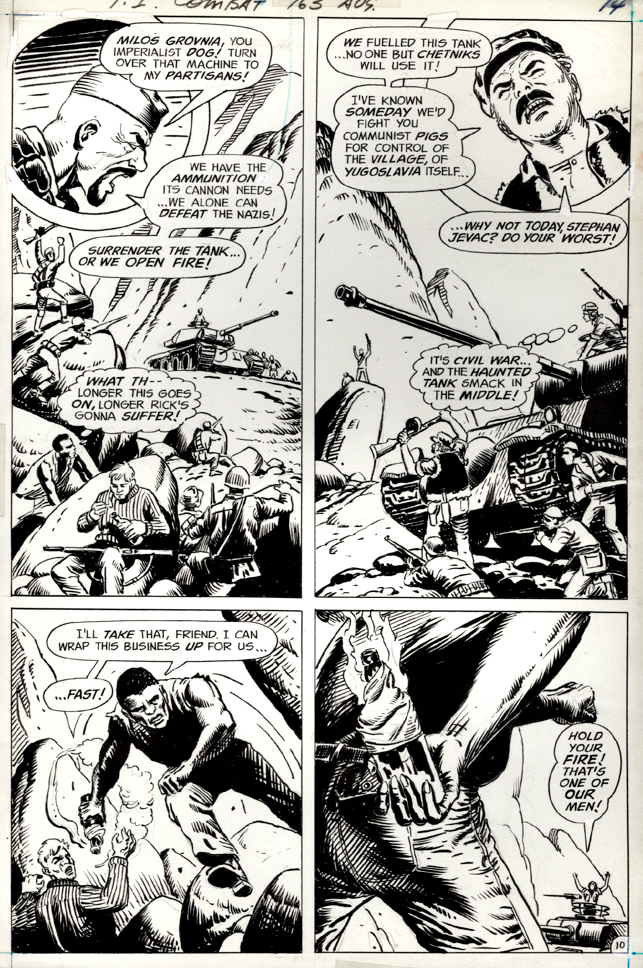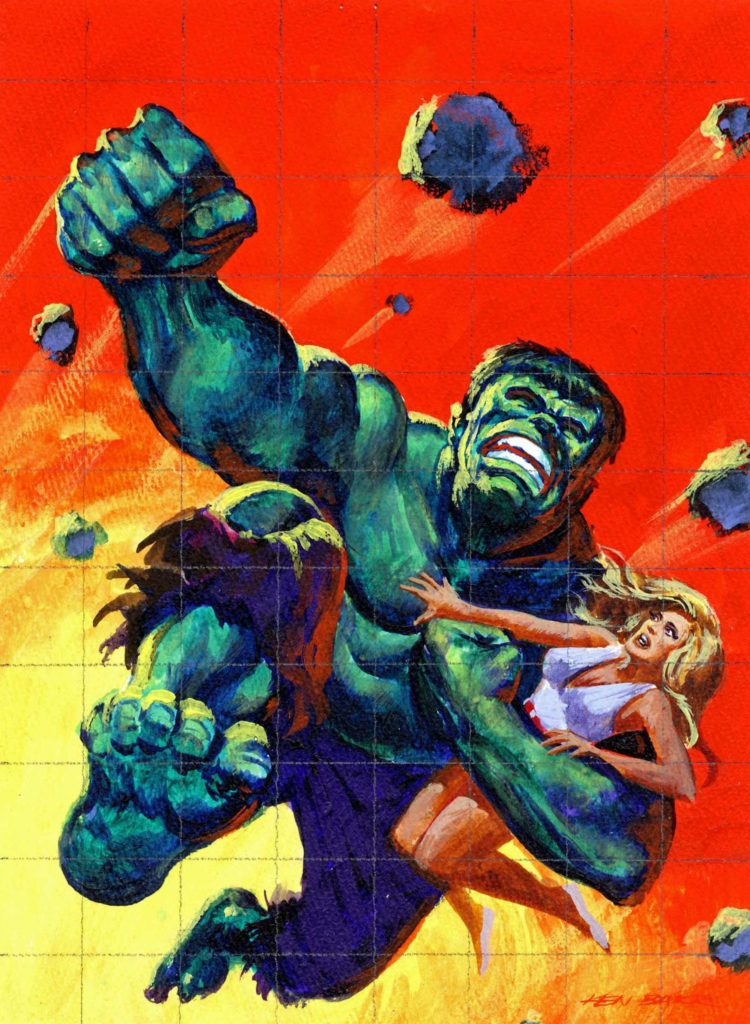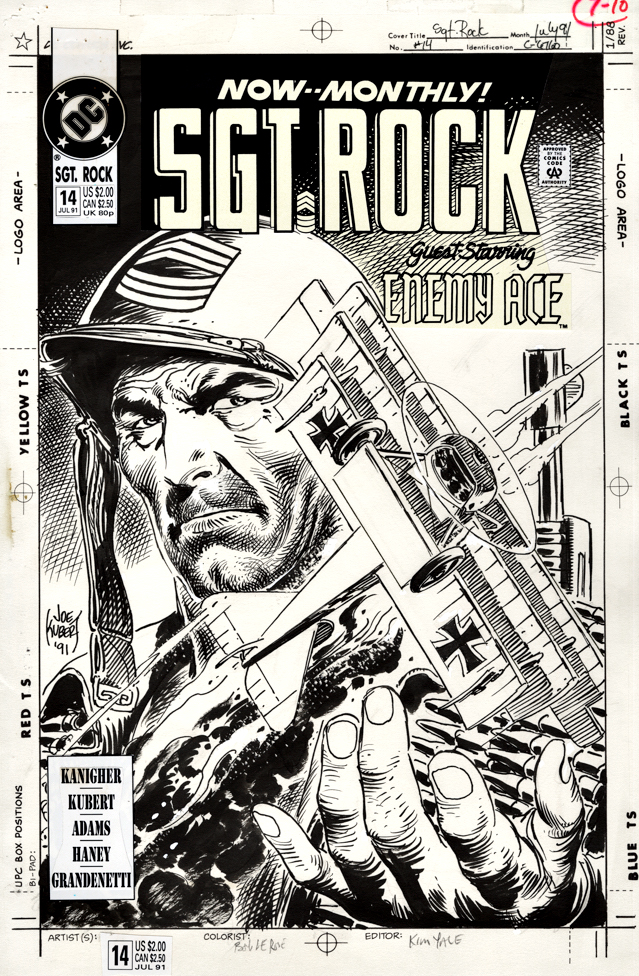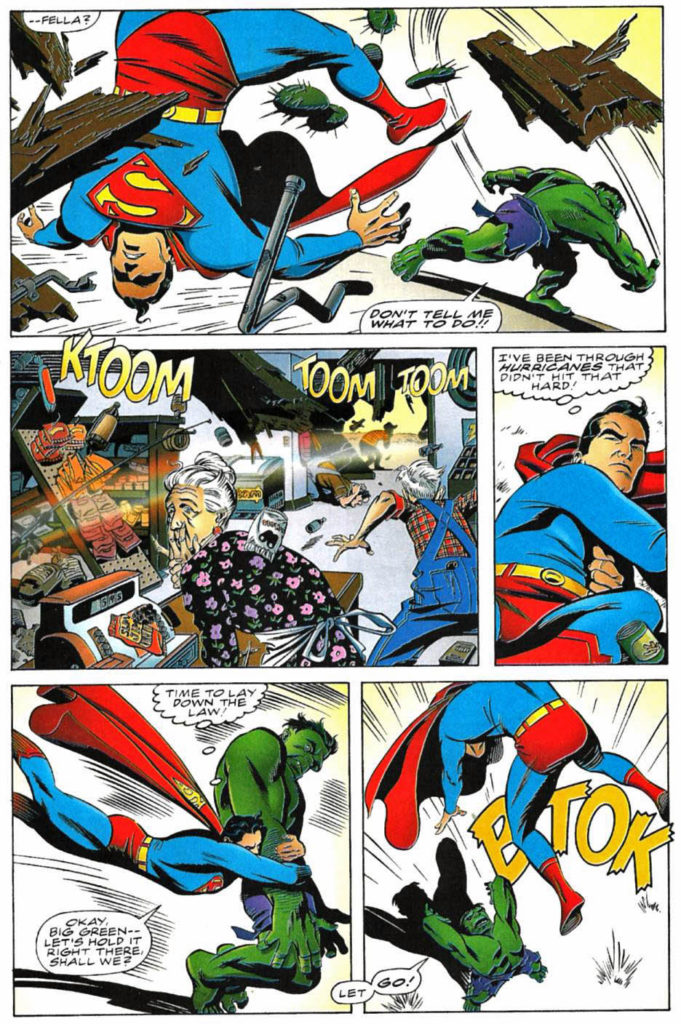Sam Glanzman — A Crew Divided
G.I. Combat #163, August 1973
Sam Glanzman tackles Archie Goodwin’s story set in the Yugoslavia during World War II with a scene that inspired the cover of the issue.
The “split-screen vibe” of the page artfully deals with the Yugoslav civil war, which quickly became a confusing round robin of divided loyalties and shifting allegiances. There were far too many examples of the “enemy of my enemy is my friend ” adage not working out very well.
Fascists. Communists. Nationalists. Separatists. It was an indeed an extra challenging situation for the allies to sort out.
Like many artists of his generation, Glanzman, a stellar member of DC’s war stories crew, was also a veteran of WWII. Later on, he created a graphic novel memoir about his experience on the USS Stevens, entitled A Sailor’s Story.
Spoiler alert — the commandos accomplish their mission, but film has a terrific coda that is surprisingly witty and unexpected.
Robert Shaw supplies the dialogue for the film’s pitch-perfect postscript. And I would have listened to Robert Shaw recite a technical manual with rapt attention.

























































